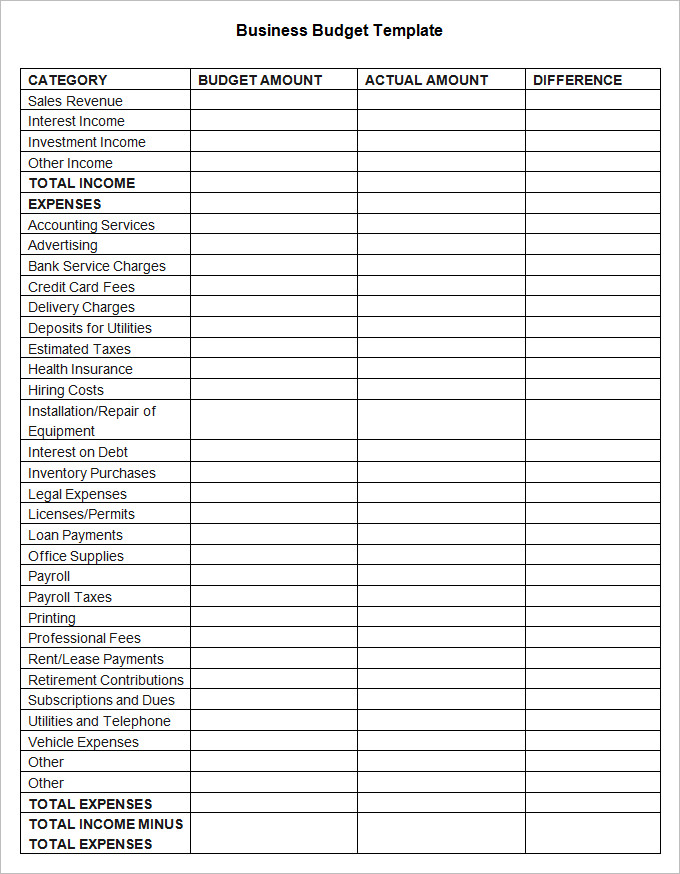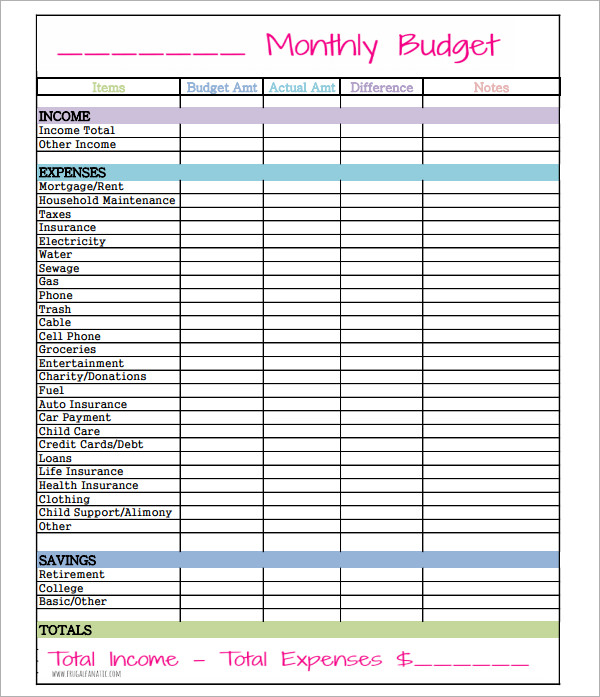
These are things that make your life easier. Your Internet and cell phone bill may feel like necessities, but your life wouldn’t end without them. Needs are also things like savings or creating an emergency fund. They’re essential to your daily health and wellbeing.

Start by dividing your expenses into two categories: needs and wants. Finding all your expenses to include in your budget may take some time. Step Two: Calculate Your Expensesįiguring out your income is the easy part. You can use past tax statements or some basic math to figure out your total average monthly income. The money in your checking account at the end of a pay period is your total take-home pay. The income you include in your budget should be after taxes and retirement contributions get taken out. This includes both your day job and any side hustles you have. The first line item in your budget is your total take-home pay. The following is a four step process on how to create a zero-based budget for your personal finances. How To Make a Zero-Based Budget in Four Steps You can use this philosophy to then transition to a zero-based system later on. It gives rough guidelines for spending and saving money. If you’re new to budgeting, a good beginner system may be a simple budget or the 50/30/20 budget. It’s possible to feel overwhelmed with all of the income and expenses messing up your perfect budget every week! But there’s no doubting the effectiveness of this budgeting style.

Your first few months using this method can be time consuming or even stressful.īy tracking every expense and moving money around, you can get burned out. The hardest part about this budgeting process is that it can take a few months to get into a rhythm. Zero-based budgeting is easy in theory but that doesn’t mean it’s best for beginners. This means you can’t just guess at how much you can spend on going out to eat or how much you’ll set aside for retirement.

It makes you plan your savings, discretionary spending, and more. The appeal to the zero-based method is that it forces you to think about exactly where your money is going. If you overspend in a category, you have to find the money in another to make up for it. If you underspend in a category, you reallocate that money somewhere else. Your goal is to ensure that income minus all your expenses equals exactly zero at the end of the month. Zero-based budgeting is a strategy that allocates every dollar you make. But its popularity remains high because it works! The following is a complete guide on how to make a zero-based budget and includes a downloadable zero-based budget spreadsheet template.

Zero-based budgeting may be a modification of the old cash and envelope strategy.


 0 kommentar(er)
0 kommentar(er)
